
With a versatile triple rating and fantastic handling, the Swift is a great rope for long sport pitches and alpine north faces alike; but it is the environmentally-aware production that really sets it apart, says Rob Greenwood.
When I started climbing, choosing a rope was simple: if you wanted a single rope you bought an 10.5mm and if you wanted a half you got an 8.5mm. When it came to length only the eccentric went for 60m, with 50m very much being the 'standard'. How times have changed… Nowadays there's a huge range of diameters and lengths available, each to suit a different purpose, but now there's one more factor to add into the mix: the environment.

It's quite pertinent, considering the current spotlight on plastic in our oceans, that Edelrid should produce a rope that is made out of recycled yarns left over from their own production process. What's more it is the world's first PFC-free rope that is able to meet the UIAA water repellency standard, so there's no compromise to performance either. Finally, the Swift meets bluesign standards that ensure a sustainable production line, removing substances that could be harmful from the beginning of the manufacturing process. Obviously as climbers we've still got a long way to go on reducing our carbon footprint, but you've got to start somewhere and it's great to see Edelrid leading the way.
———

———
In terms of performance it's best to start the summary from the moment the rope arrives, because - as anyone who has miscalculated uncoiling a rope from new will know - removing a rope from its packaging is of critical importance. Most ropes are looped round and round, bound accordingly. With a rope coiled thus you have to be very careful to unfold each loop one by one, painstakingly undoing the in-built kinks. Getting this wrong can result in a very tangly mess at the time, and it can also have lasting consequences that take use to eventually work their way out. Thankfully Edelrid's 3D Coiling allows you to use the rope 'out the box', by pulling it through the hole as instructed. If this is done you should - as we did - have a happy, kink-free uncoiling experience.
When it comes to use the Swift Eco Dry is as versatile as its rating, which includes single, double and twin use. At 8.9mm it's clearly at the super light end of the single spectrum, but even for a half rope it's far from heavy. The Swift's natural environment falls into two likely categories: alpine, where a single rope of this nature would be great for fast/light ascents and glacier travel; and sport climbing - particularly where longer routes are concerned and drag/weight are of crucial importance. Whilst you could use the Swift as a half rope it is unlikely to be bought specifically as one, because you'd most likely get a half rope instead. The only exception to this would be for guides and instructors, who may wish for the additional safety of a triple-rated rope whilst guiding two clients.
During this review we used the rope primarily for sport climbing, but have touched upon the world of alpinism too, simply because its application in that environment cannot be ignored - it's just that's not what we (personally) used it for. When it comes to sport, the Swift is best brought out to play when the routes get long. It's unlikely to be a rope you'll be using for shorter routes, where weight doesn't matter quite so much, and durability tends to be the key feature most climbers look for. When you're lugging a 10mm up even a 20-30m route you start to notice the difference, but nowadays that's far from long, with pitches in Kalymnos and Chulilla regularly going from 40-50m+. On routes such as these you really start to notice not just the weight, but the drag, and that's where the Swift comes into its own, as it wins on both counts (thinner rope = less surface area = reduced drag).
When it comes to handling the Swift has a slightly stiffer feel, but softens with use. Critically it doesn't soften too much, maintaining a robust feel for a rope so thin (unlike some, which turn into lifeless 'slugs' after prolonged use). Part of this is down to the rope's construction, during which it undergoes thermal treatment which helps seal the sheath, warding off unwanted elements like dirt. Add into the mix Edelrid's dry treatment process - which covers both the core and sheath - and this repellency is further extended to water too. The dry treatment also has a positive effect on the rope's resistance to dust and other nasties that want to work their way in and ultimately affect the lifespan of your investment.
Given the spec of this rope it will come as no surprise that it isn't cheap, with the cost coming in at £180 for 60m, £205 for 70m, and £230 for 80m. The thing is, performance single ropes are never really that cheap - particularly in longer lengths - and if you did find one the chances are you'd be highly suspicious. The fact the Swift wears well, handles well, and has a rather unique set of environmental credentials almost makes it a rope within its own category, simply because there isn't anything quite like it. That said, if you're on a budget this clearly isn't the rope for you...
When it comes to alpine applications a little more has to be said about the dry treatment, because whilst dirt and dust are your greatest enemy when sport climbing, water absorption and freezing are the two greatest issues whilst climbing in the Alps. Thankfully the Swift adheres to the UIAA's latest dry treatment tests, which have become increasingly stringent in recent years. Part of this is down to the reduction of use of PFCs, which have previously been used both to waterproof ropes and jackets; however due to their environmental impact the industry as a whole is making efforts to remove them from the manufacturing process. As mentioned above, the Swift features both core and sheath dry treatment, which provides complete water repellency throughout the rope - not just a superficial coating. Overall water absorption is under 2%, which should lead you with as dry and unfrozen a rope as is possible.
Looking at durability, a rope as thin as 8.9mm is always going to be something of a concern, because lighter generally means less durable. In the case of the Swift I think a conscious decision needs to be made. When sport climbing it's unlikely to be a rope you're going to use for dogging, as this will accelerate wear significantly more than using it as a rope exclusively for redpointing. That said, redpoints don't always go to plan, and we gave it a good battering 'on the dog' and were impressed by how it performed. The only other negative with using a rope this thin for working routes is that it actually becomes quite tricky to belay with, particularly when compared to a fatter rope that's easier to take in. That said, if you're only taking one rope with you on a foreign jaunt - which given the general decline in baggage allowance will probably be the case - then the Swift does provide an exceptionally light rope and something you could work routes with too (given its surprising level of durability).
Overall
If I was heading somewhere like Kalymnos or Chulilla, where the routes are long and the focus would be on onsights and quick redpoints, then the Swift would undoubtedly be the only rope I'd take with me. In the Alps its weight, combined with its gold star 'Pro Dry' treatment, make it an ideal choice for everything from glacier travel to north faces. Durability-wise it belies its diameter by packing a serious punch, with a solid structure and an impressively robust feel. Finally, we can't understate what Edelrid have aimed to achieve environmentally with the Swift, and we really applaud the effort they've made to reduce their impact.
Edelrid say:

- 60m £180; 70m £205; 80m £230
- Triple certifcation. Single, twin & half rope all in one
- Pro Dry for outstanding dirt and water resistance
- Water absorption less than 2%
- Thermo Shield treatment for perfect handling
- 3D lap coiled, allowing you to use the rope straight away
- Extremely light at only 52 g/m






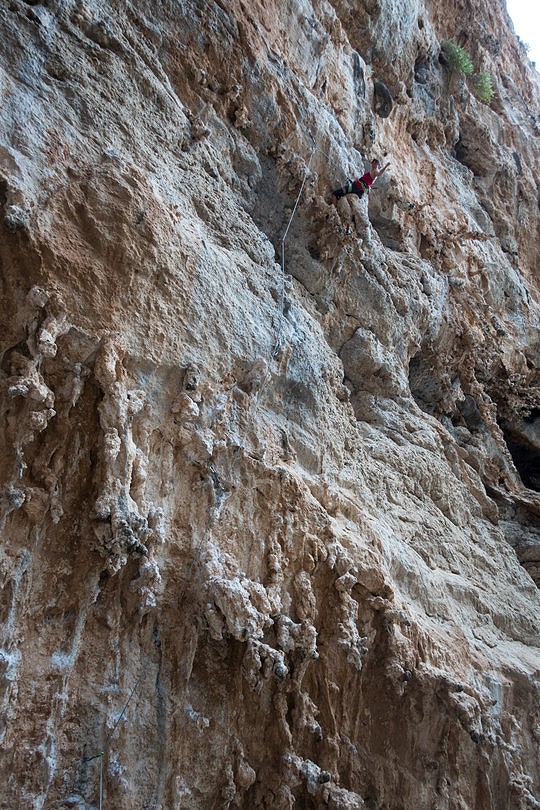
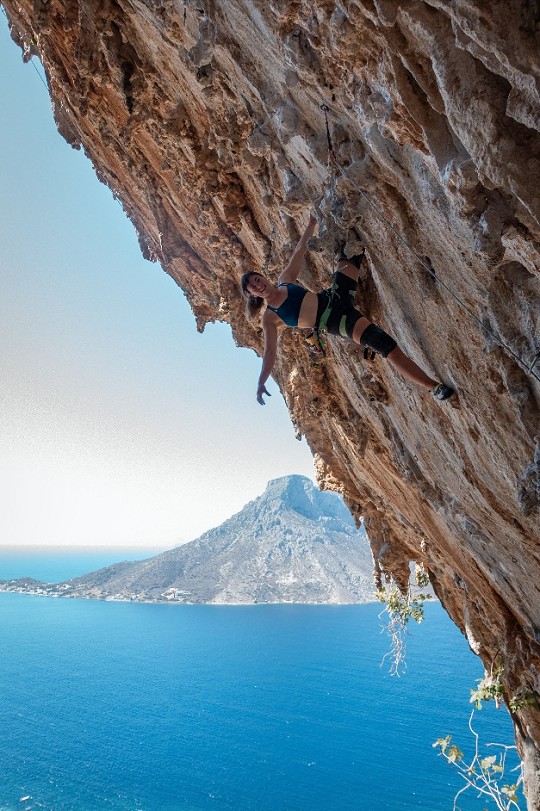









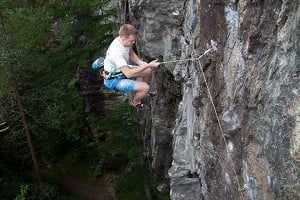
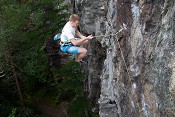
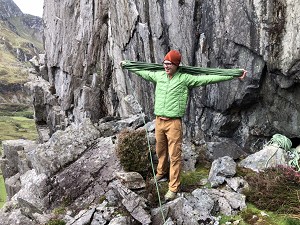

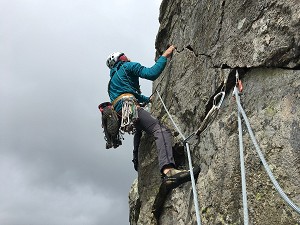
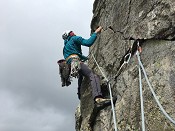
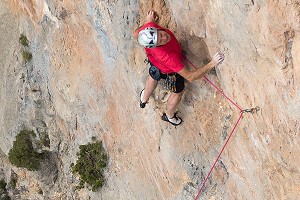
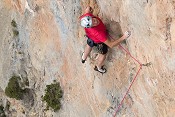


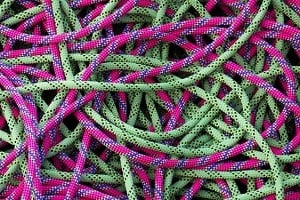

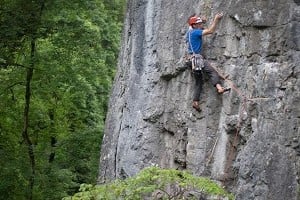

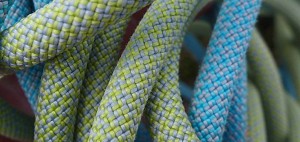

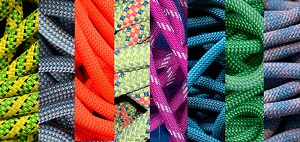

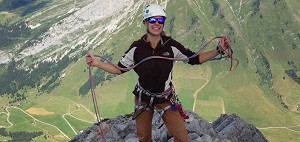

Comments
Points go to anyone that can name all three routes pictured within the review...